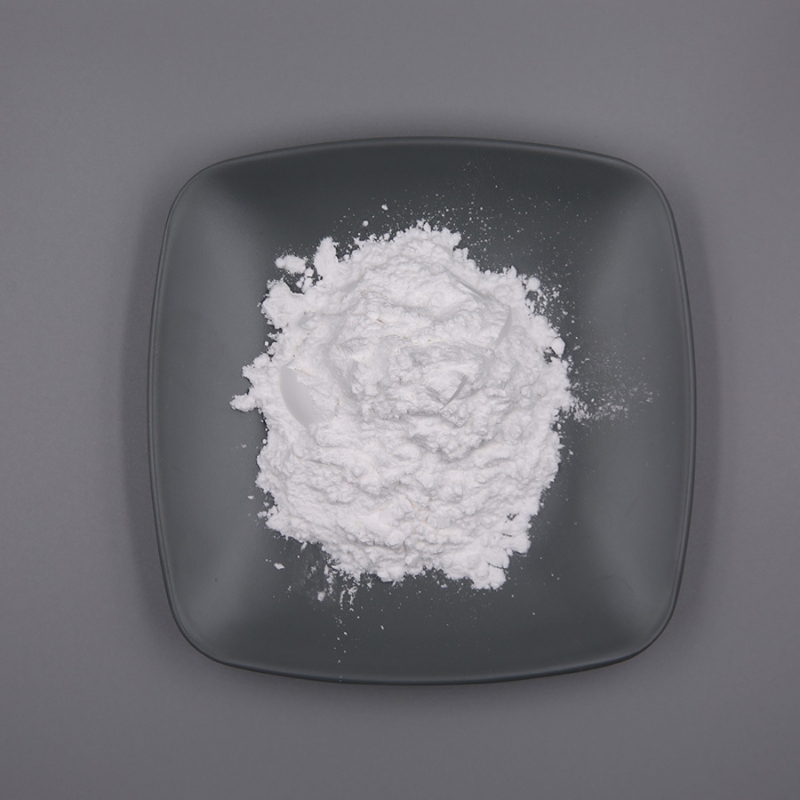-
Categories
-
Pharmaceutical Intermediates
-
Active Pharmaceutical Ingredients
-
Food Additives
- Industrial Coatings
- Agrochemicals
- Dyes and Pigments
- Surfactant
- Flavors and Fragrances
- Chemical Reagents
- Catalyst and Auxiliary
- Natural Products
- Inorganic Chemistry
-
Organic Chemistry
-
Biochemical Engineering
- Analytical Chemistry
-
Cosmetic Ingredient
- Water Treatment Chemical
-
Pharmaceutical Intermediates
Promotion
ECHEMI Mall
Wholesale
Weekly Price
Exhibition
News
-
Trade Service
There is growing evidence that the prevalence of fatty liver disease, advanced fibrosis and cirrhosis is alarmingly high in patients with type 2 diabetes (T2DM).
, there is a growing awareness of the need for early awareness and screening to identify these patients and to conduct targeted treatment.
, academic groups such as the Endocrine Society of the United States, the American Association of Clinical Endocrinologists, and the American Association of Gastroenterology (AGA) issued a pending statement on the assessment and management of the significance of patients with high incidence of liver disease in T2DM patients.
, which is expected to be officially released in spring 2021, calls for interdisciplinary collaboration to establish clinical guidelines that focus on screening and targeted treatment to reduce the risk of irreversible liver damage in patients with T2DM.
two separate epidemiological reports published in December 2020 showed that 70%-74% of T2DM patients in the United States had liver fat degeneration (NAFLD).
, 6% to 15% of patients had advanced liver fibrosis and 3% to 8% had undiscovered cirrhosis.
report analyzed 825 T2DM patients in the 2017-2018 National Health and Nutrition Examination Survey conducted by the U.S. Centers for Disease Control and Prevention (CDC).
results showed that the overall prevalence of fatty degeneration in T2DM patients was 74%, of which 3 levels of fatty degeneration accounted for 58%, late liver fibrosis reached 15%, and cirrhosis reached 8%.
study consisted mainly of 561 T2DM patients at the University of Florida Center.
patients had no history of NAFLD or other liver disease and no history of alcoholism.
imaging results showed that the prevalence of NAFLD was 70%, of which 54% were diagnosed with severe fatty degeneration, 6% with severe fibrosis and 3% with cirrhosis.
30 percent of patients with severe fatty degeneration were also associated with severe liver fibrosis.
the situation is even more serious, not all patients are fully aware of this fact.
15 per cent of patients who did not realize they had NAFLD had developed moderate or even advanced liver fibrosis.
How to identify NASHNAFLD includes a range of related disease processes: from non-alcoholic simple liver fat change to non-alcoholic fatty hepatitis (NASH), which gradually causes liver fibrosis and may eventually develop into cirrhosis, liver failure and even liver cancer.
, NASH is the intermediate stage of the progression of simple fatty liver disease to cirrhosis of the liver and needs to be treated to improve the level of fatty hepatitis and fibrosis, but NASH usually has no obvious symptoms at an early stage.
, it is important to identify this part of the patient.
, both the American Diabetes Association and the European Diabetes Research Association have called for routine screening of T2DM patients.
include examination of liver enzymes such as ALT, but there is no clear consensus on the specifics of screening.
statement, experts agreed that the first step in evaluating liver disease in patients with T2DM is to regularly monitor elevated liver enzymes, including ALT.
was followed by a non-invasive ultrasound assessment, inferring the degree of liver fibrosis from the stiffness of the organ.
addition, another often cited preliminary screening tool is fibrosis-4 (FIB-4) scores, which can also provide a more comprehensive assessment of the patient's age, plateplate count, ALT, and AST levels.
IFB-4 is simple, easy, and well-proven," Dr. Kenneth Cusi, chairman of the Endocrinology, Diabetes and Metabolism Division at the University of Florida, commented at WCIRDC in December.
a recent editorial, Cusi agreed that "more reliable tests are needed to diagnose NASH and advanced fibrosis in T2D patients to validate new and more complex fibrosis biomarkers."
Pyridoxine remains the most effective treatment when T2DM patients are diagnosed with NAFLD, NASH and hepatic fibrosis, the current treatment options are mainly weight loss, diet adjustment, and the drug pyridoxine (TZD).
, however, there are still many problems with weight loss and the persistence of dietary compliance and intervention in patients, and many clinicians believe that there are potential adverse reactions to oxycodone.
statement, Dr. Cusi noted during WCIRDC that oxycodone remains one of the most supported therapies in the available evidence.
compared to placebos, the use of pyridoxine therapy reversed NASH in about one-third of patients, prevented fibrosis progression, and reduced cardiovascular events.
Dr. Christos S. Mantzoros, a professor at Harvard Medical School and a member of the American Endocrinology Society, stresses that currently, oxycodone is only used in 8% of T2DM patients, but because its efficacy in patients with T2D and NASH has been proven, we need to use it more.
, while existing testing and treatment options are still inadequate, the forthcoming multi-society statement will provide advice on the assessment and management of liver disease, which is highly prevalent in patients with T2DM.
, NAFLD and NASH treatments require the collaboration of multidisciplinary physicians such as general practitioners, endocrinologists and liver doctors.
References: MedSci Original Source: MedSci Original Copyright Notice: All text, images and audio and video materials on this website that indicate "Source: Mets Medicine" or "Source: MedSci Originals" are owned by Mets Medicine and are not authorized to be reproduced by any media, website or individual, and are authorized to be reproduced with the words "Source: Mets Medicine".
all reprinted articles on this website are for the purpose of transmitting more information and clearly indicate the source and author, and media or individuals who do not wish to be reproduced may contact us and we will delete them immediately.
at the same time reproduced content does not represent the position of this site.
leave a message here







